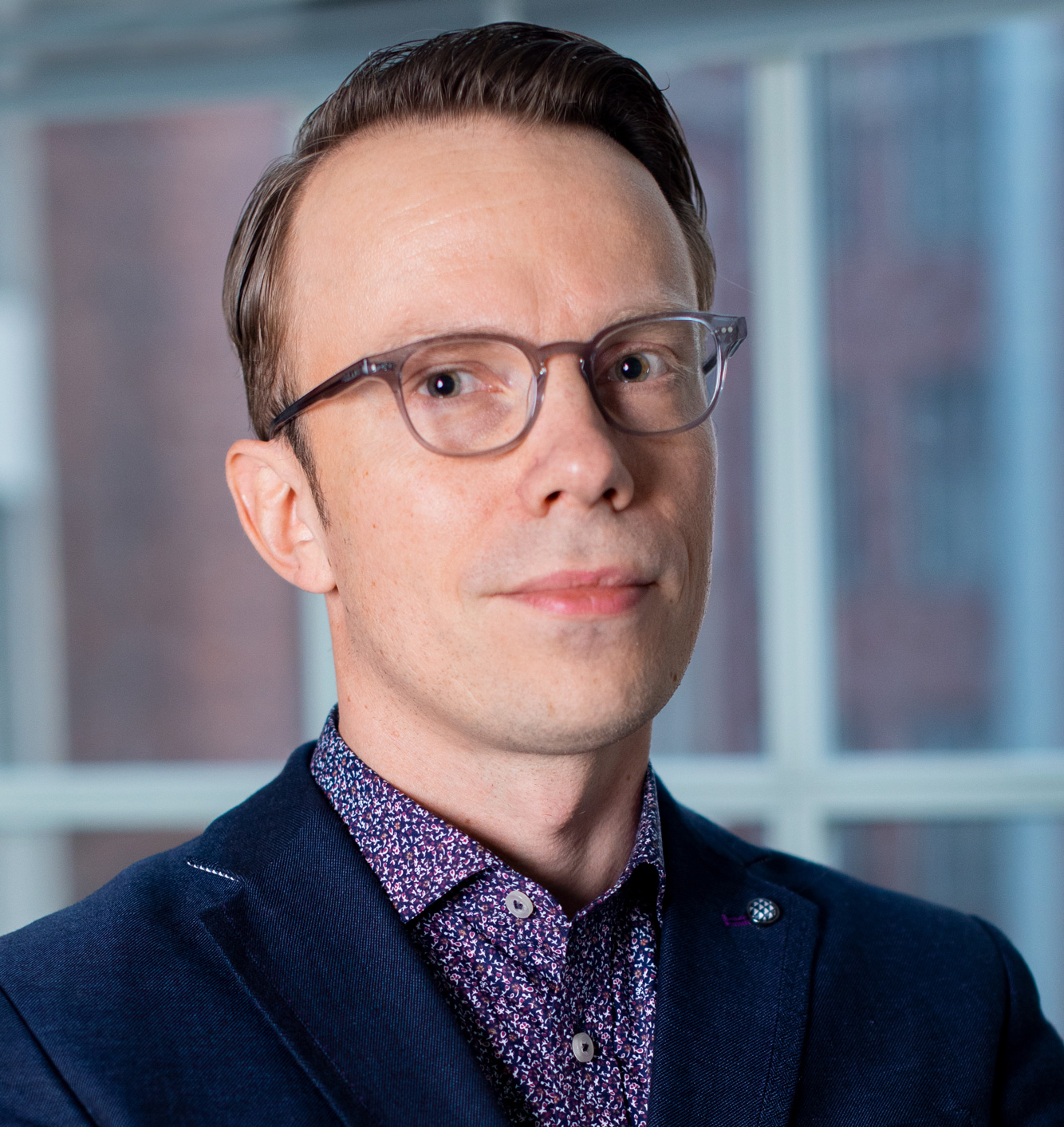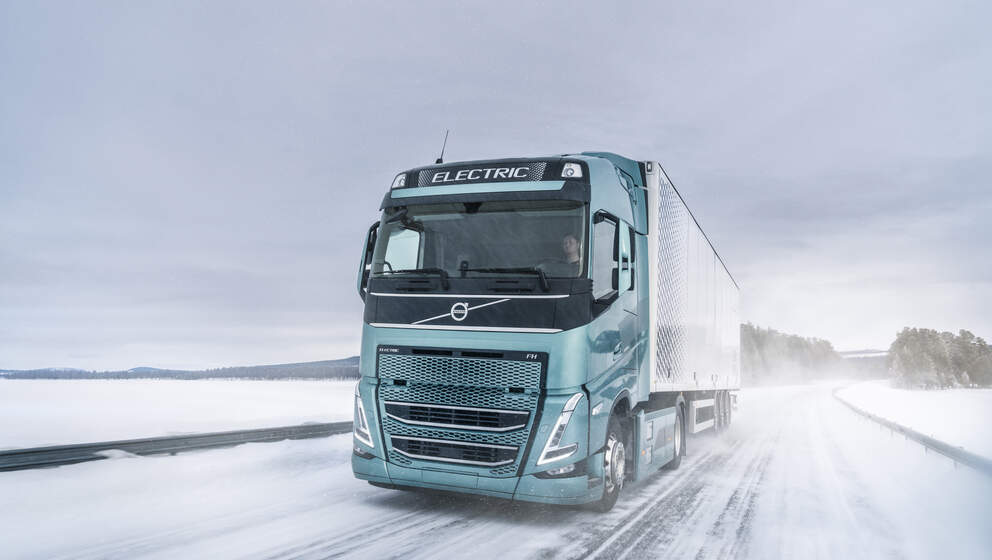Fighting transport poverty – how societies can increase social mobility
Listen audio article
Nick van Mead traversed the globe to deepen his understanding of the many daily challenges of public transportation in densely populated urban areas, from South America to South Africa. The author’s experiences illustrate how underfunded transportation networks are directly contributing to malaise and underdevelopment, and how we can fight global transport poverty.
“The trouble is that everything is in central São Paulo,” Alcione Santos told me as we set off at 5.50 am on her four-hour commute from her home on the periphery of Brazil’s largest city to the Central Business District (CBD) where she worked as a poorly paid legal intern. “It’s a big problem for the children who live here. As they grow up they have to work to help support their family, but if they spend so many hours a day standing on buses they are too tired to keep up with school work and they drop out. It is a vicious cycle.”
I didn’t realize it at the time, but Alcione’s situation was a graphic illustration of “transport poverty”, a concept that has gained traction among academics, policymakers and governments around the world.
Building on the concept of social exclusion and transport justice, transport poverty has serious implications on quality of life, the fairness of societies and the efficiency of economies around the world. How transport poverty is tackled - and whether achieved sustainably - has a significant impact on emissions, pollution and climate change.
And it’s not just the developing world, transport poverty exists in wealthy northern Europe too.
In London - a city that boasts one of the best public transit systems in the world and where around half of all journeys are made on buses, trains and the underground - many are unable to afford the high costs of travel, live in neighborhoods poorly served by transit, or suffer from air and noise pollution. The situation is similar in other well-connected, affluent cities such as Paris and Berlin, New York and Tokyo.
However, transport poverty is not only about access to public transportation, as many live in small cities or countryside, but also about sheer poverty as many can’t afford a private car.
Since transport poverty affects nearly everyone, from the periphery to the inner city, from urban to rural, from wealthy cities to the developing world, how can we identify it and reduce its impact - and how likely are we to succeed?
What is transport poverty and how to solve it?
Professor Karen Lucas, one of the world’s leading experts on transport poverty, has led efforts to reach a global consensus on the definition of the concept.
“There have been lots of definitions. It’s about not having access to transport, or paying too much for it, but sometimes it can be about having too much of it, for example if you have to travel too far to access services.”
In a seminal paper, Lucas, together with Giulio Matteoli, set out to define transport poverty.
There is no transport available that suits a given population’s physical condition and capabilities.
The existing transport options do not reach destinations where the individual can fulfil their daily needs to maintain a reasonable quality of life.
The amount spent on transport leaves the household with a residual income below the official poverty line.
Individuals are forced to spend an excessive amount of time travelling, leading to time poverty or social isolation.
The prevailing travel conditions are dangerous, unsafe or unhealthy.
Researchers all over the world have now adopted this concept - and governments are taking note. The right to get around is even embodied in the UN’s sustainable development goals.
For many, the solution requires a holistic combination of improving transport and changing planning rules. This could mean building new rail, subway and rapid bus lines, subsidizing fares for vulnerable groups or arranging community transport such as minibuses in poorly connected areas.
To tackle transport poverty, some governments have introduced free or discounted transit fares for older and disabled people; others give free transport to the young, or to people looking for jobs. In a radical move, some cities - including the Estonian capital Tallinn, a number of French towns including Dunkirk, and the entire country of Luxembourg - have made all public transport free.
However, fighting transport poverty should not focus only in cities, as this may result in solutions that are extremely expensive for those who live or work outside the public transportation networks.
The effort to make transit more effective and more equitable for everyone is an issue many cities are working hard to address. For example, San Francisco created Connect SF to draw up a holistic plan for the Bay City’s transport future in 2050. Equity is at the program’s core, with goals to protect affordable housing in areas where connectivity is boosted, building low-income housing near schools and pushing transit-oriented development.
The fight against climate change must be fair
In the battle to boost mobility, it should be remembered that millions do not live in 15-minute cities or drive zero-emissions cars.
The reality is that many people drive old cars, and will continue to do so, while most public transit and freight fleets are diesel and will be for years to come. In Finland, for example, the average car is 12 years old. After meeting the costs of housing and food, many people do not have much income left for transport. Instead, they prefer to drive a 12-year-old car they bought for €3,000 instead of coughing up a whopping €30,000 for a new one. Similar scenarios are commonplace around the globe.
This has huge implications for pollution and climate change, thus injecting renewable fuels into the heart of the debate.
A diesel car that runs on renewables has comparable climate impact to an electric car, and given that many will continue to drive diesel cars, incentivizing the switch from fossil fuels to renewables is a potential game-changer in fighting transport poverty in a sustainable and fair way.

For Teemu Sarjovaara, the Head of Research and Development at Neste, it comes down to social justice.
“Electric vehicles are heavily subsidized by governments, and it’s usually the wealthy who benefit. It’s an enormous jump, from €3,000 to €30,000, and it’s direct support for the wealthiest segments of society. It’s simply not right. Regular people are the ones who pay, usually through higher taxation.”
The situation is even more dire.
Efforts to fight climate change mean governments will make transport more expensive by increasing fuel taxes, or by introducing additional charges to driving in urban centres, as seen in Stockholm and London.
According to Sarjovaara, the price of transport is increasing.
“The question is by how much, and who gets hit the hardest? Is it the poor rather than the wealthy? Those who can afford new electric cars are the ones enjoying government subsidies, but those who can’t afford electric cars are hit the hardest.”
As the electrification expands, it inevitably leads to lower tax revenue from traffic fuels and combustion engine vehicles, which represent a significant tax source for many governments.
“Would this then be compensated by increasing fuel taxes even more?”, asks Sarjovaara.
This begs another poignant question: is this the right way forward to fight climate change?
“Consider what will happen if a government triples the price of fuel, or raises congestion charges. Again, it is the poorest who will suffer, while the wealthy will just pay the extra that they can well afford, and continue as before.”
“We are witnessing some of the biggest changes in generations,” says Sarjovaara, “and if we don’t pursue change in a socially just and sustainable way there will be significant consequences.”
Biofuels, for instance, play a key part in this transformation and could help reduce transport poverty while cutting fossil fuel emissions and helping tackle the climate emergency.
“Renewable diesel is an option - right here and right now - and it does not require renewal of vehicle fleets, though from the climate perspective it is as effective a way to reduce CO2 as electrification. With the existing Euro 6 emissions rules and later through the introduction of stricter Euro 7 emissions rules, why not consider internal combustion engines as part of the answer as we seek to eliminate fossil fuels?”
In the end, according to Sarjovaara, the challenge is to replace fossil energy in a smart, efficient and fair way. Banning engines would mean banning renewable fuels, “tying our hands and leaving us only one: electrification, thus creating a technology monopoly.”
“Historically, monopolies mean higher prices,” he warns.
Can we fight climate change and cut transport poverty?
Transport poverty affects developed and developing countries, whether countryside or cities. The case for action on both transport and planning is strong, and ultimately, a matter of political will.
Failing to tackle transport poverty has a direct impact on how we work, prosper, learn and provide for our families.
Getting the solution to climate change wrong - by unfairly subsidizing the wealthy and penalizing the poor - could make the situation worse. As such, renewable fuels can play a key part in preventing this outcome.
“There are no easy answers, but we must discuss how we share the burden of tackling climate change in the right way,” Sarjovaara concludes.
Nick van Mead is an award-winning city journalist with more than 20 years at the Guardian and the Associated Press, most recently as deputy editor of Guardian Cities.




